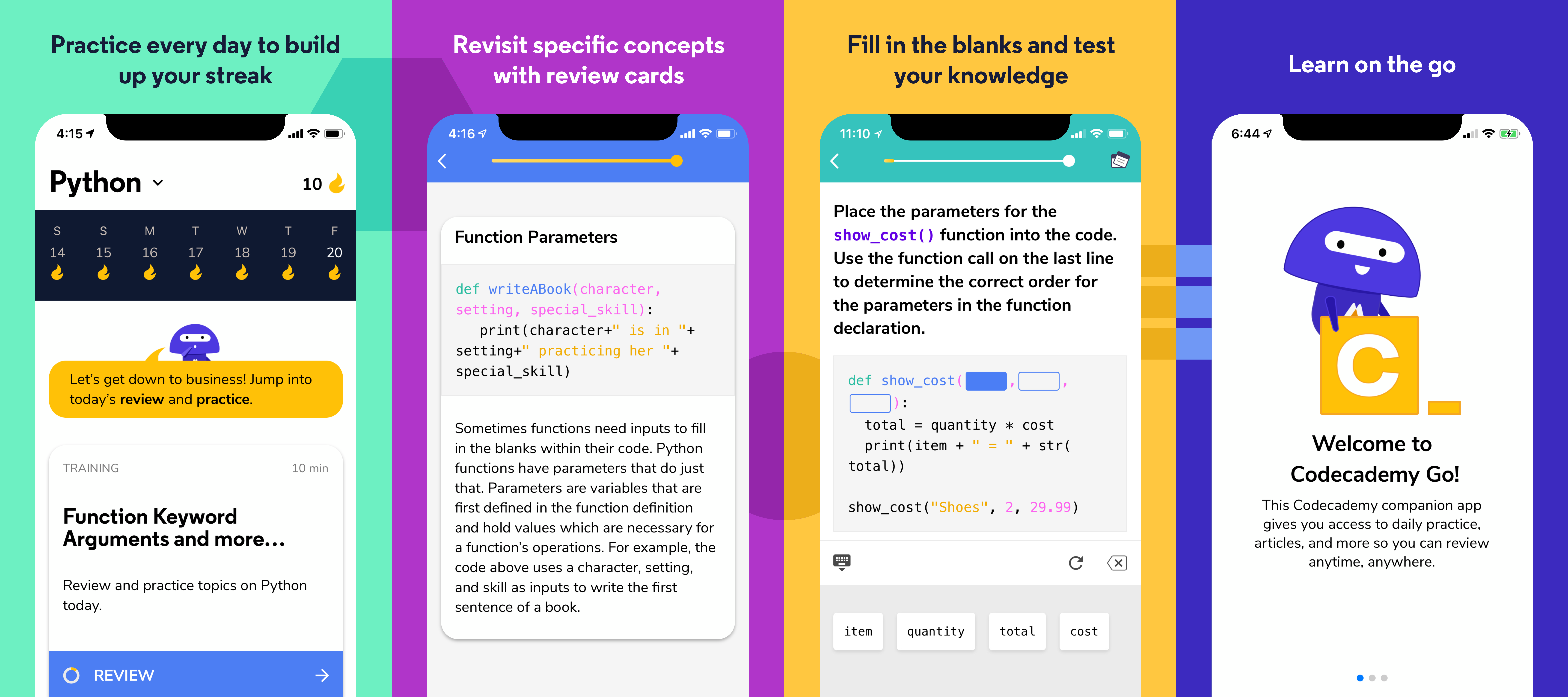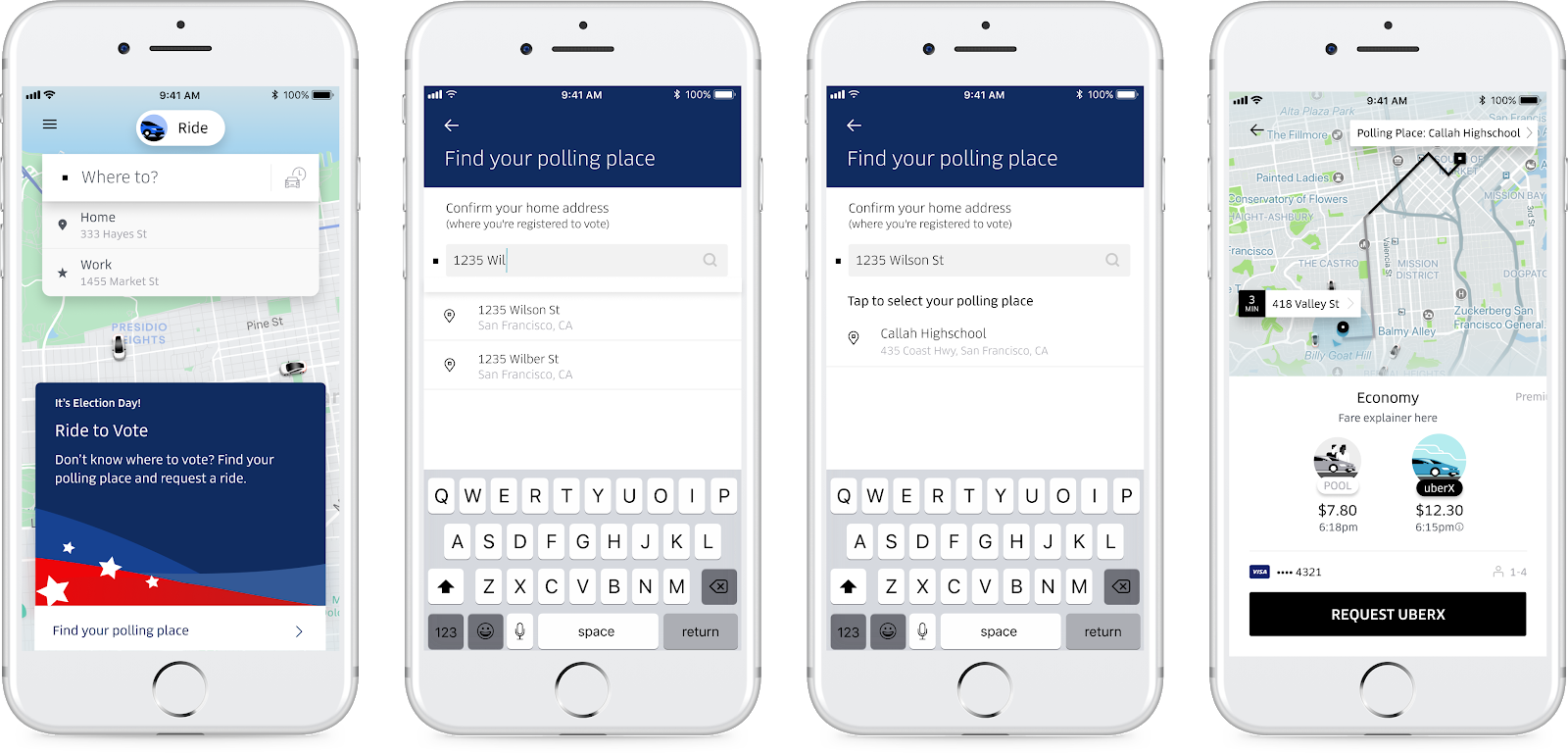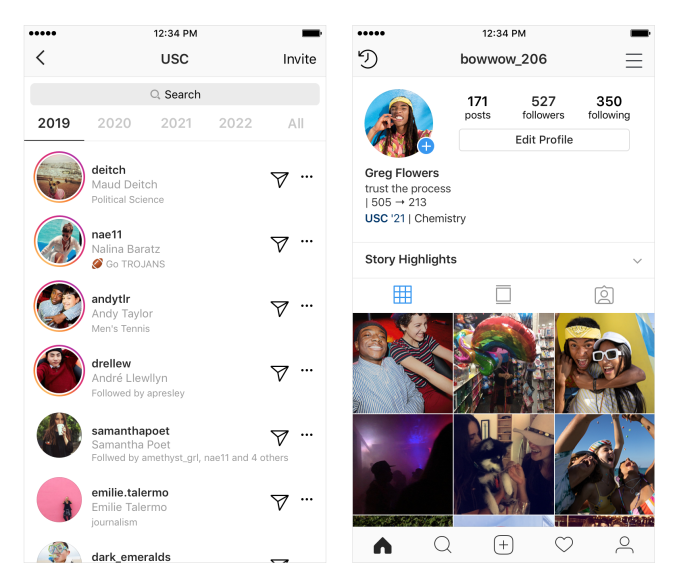Between 2013 and last year, the number of boot camp schools tripled to more than 90 in the U.S. alone, according to Course Report, an outfit that tracks the industry. Some — including The Iron Yard and Dev Bootcamp — have since folded, unable to find enough eager recruits willing to pay top dollar to learn coding skills. (The average cost of a 14-week program last year was $11,400.)
At the same time, it has become apparent that when it comes to massive open online courses, a very high percentage of students don’t stay the course.
New York-based Codecademy, which began offering free coding courses at its outset, has managed to keep plugging away — and grow — despite these headwinds. In fact, the company today employs 85 people, up from 45 when we last sat down with cofounder and CEO Zach Sims in 2016. Its revenue is also up 65 percent year over year.
None of it has been a walk in the park, admits Sims, who dropped out of Columbia University in 2011 to start the company. “There’s been a ton of ups and downs,” he says, explaining that the company struggled for years with how to produce meaningful revenue before introducing two premium products in the last couple of years, both of which are affordable by design.
One of these is Codecademy Pro, meant to help users learn the fundamentals of coding, as well as develop a deeper knowledge (and receive certification from Codecademy) in up to 10 areas, including machine learning and data analysis. The cost is $20 per month, money that Pro users often see back in the form of a a $5,000 to $10,000 raise from their employer, insists Sims. He says the course “isn’t so much for those who are transition to full-time jobs but people who are learning skills to level up in their existing career.”
A second offering is Codecademy Pro Intensive, which is designed to immerse learners from six to 10 weeks (depending on the coursework), in either website development, programming, or data science. Students follow a structured, detailed syllabus that’s broken into focused units to organize the learning experience, which is synchronous but collaborative. To wit, users are placed in a moderated Slack group and can chat with people who are learning the same materials at the same time. They also receive unlimited access to a pool of 200 mentors who work with Codecademy, some of them “graduates” of Codecademy themselves.
Sims declines to talk about what percentage of the 45 million people who’ve taken a Codecademy course has paid the company, but he notes that the “macro trends in the market are going our way. People still need to find jobs, and tech is still an important skill to get them there.” Indeed, according to Code.org, a nonprofit that seeks to expand computer-science instruction in schools, there are more than 540,000 open computing jobs. At the same time, fewer than 50,000 computer-science majors graduated from school last year.

Sims also stresses the importance to Codecademy of ensuring its offerings remain “free and low cost everywhere in the world.” Toward that end, the company is today rolling out its newest product, a mobile app that enables users to learn on the go, though it is accessible to paying customers only after a seven-day trial for everyone. (No credit card is required.)
The idea, says Sims: “Lots of people use mobile phones, and we should be letting them practice whenever and whereve they want. They end doing twice as many exercises if they can learn on the subway, then pick up where they left off on the desktop later.”
How much of an accelerant the app will be remains to be seen, but certainly, Codecademy’s approach — catering to people who can’t take or aren’t interesting in expensive offline programs — seems as relevant as ever as some of its competitors fade into the distance.
“When we first started,” says Sims, “the skills gap was just making itself evident. There were tons of tech reports about tech jobs and not a lot of people to fill them. A lot of boot camps and other options emerged to fill that vacuum because, at the time, colleges weren’t equipped to handle [the knowledge gap]. Plus, student debt continued to be an issue, which made [underprivileged] students particularly ill-prepared for the workforce.”
What has changed since then is, well, not much, argues Sims. He notes that aside from a glut of hyped offerings to come and go, people still need ways to adapt to rapid-fire technological change, and with college costs as high as they’ve ever been — prices have soared upwards of 200 percent over the last 20 years — they need affordable alternatives in particular.
If Codecademy requires more capital to continue providing as much, it isn’t saying. Asked about fundraising — Codecademy has raised $42.5 million to date, including Union Square Ventures and Naspers — Sims says it isn’t talking currently with VCs. “We’re pretty capital efficient. We still have the majority of our last round (raised in 2016) in the bank. And we’ve been able to grow pretty sustainably.
“If we see opportunities to accelerate growth down the line,” he adds, “we’ll go raise it.”
Asked if it can see a day where it works more closely with enterprise customers that want to help employees burnish their skills, he says that’s a high likelihood, too. But “so far,” he says, “we’ve seen pretty good consumer growth. It kind of comes down to how many things can you focus on.”








